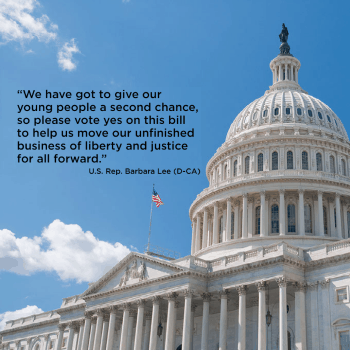<![CDATA[
OSOYOOS, British Columbia, Dec. 08, 2020 (GLOBE NEWSWIRE) — via CannabisNewsWire — PRESS RELEASE — Way2Grow Nurseries, a privately owned biopharma company, has announced that it has received Health Canada’s approval for the standard cultivation, standard processing and sale for medical purposes under the Cannabis Regulations. The licenses are effective as of Nov. 20, 2020.
Licensing
The terms of the licenses include approval of a single-story production facility designed to support micropropagation tissue culture, organic cultivation, processing and medical sales requirements. Phase II plans include the expansion of the research laboratory, expansion of controlled cultivation rooms and the addition of a medical dispensary.
The W2G cultivation relies on a small, closed room approach to grow consistent organic medical cannabis. Each W2G cultivar starts with a consistent phyto-pharmaceutical feedstock growth plan through the use of tissue culture and molecular biology. Each cultivation room then operates specific to the cultivar’s growth plan and cultivar optimal conditions to create consistent medical quality.
Way2Grow has developed a new and strategic organic approach to the cannabis industry by combining its expertise in organic cultivation technology, an experienced genetic advancement team, innovative pharmaceutical research plans and IP development, coupled with the highest level of security and design using the W2G Design Standard. Way2Grow believes this unique combination will lead to the highest quality, safest, organic medical cannabis products and pharmaceuticals.
The licenses are valid for a three-year period until Nov. 20, 2023, and are subject to customary terms and conditions.
]]>






